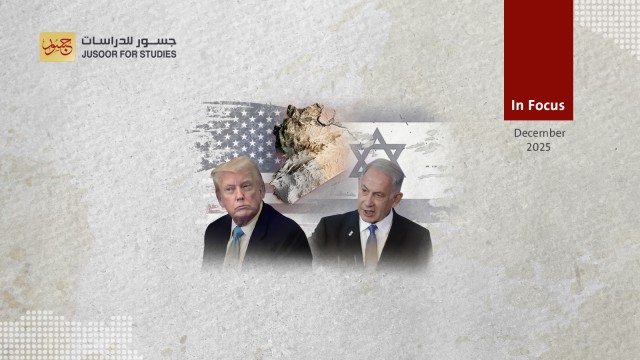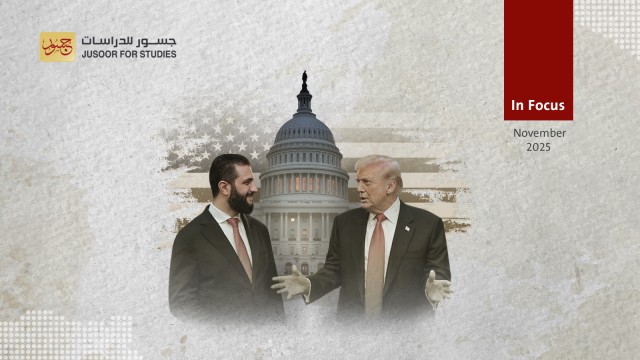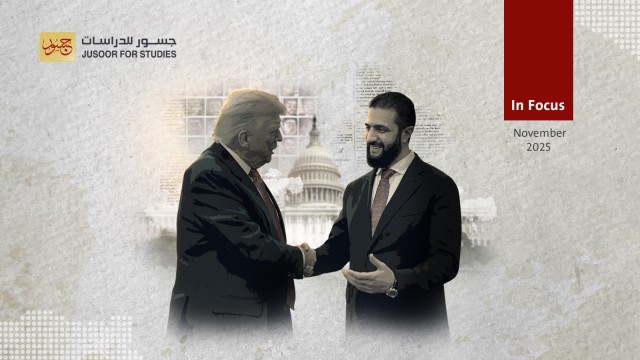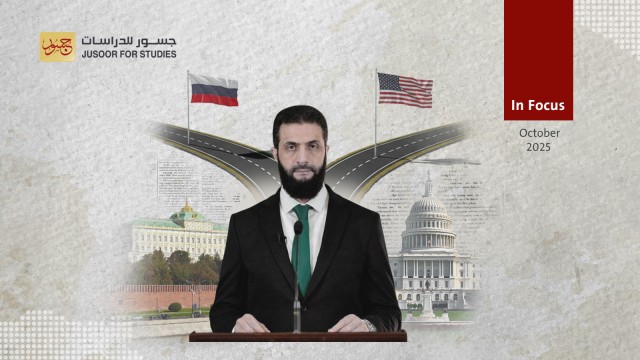SDF options to respond to the possible Turkish military operation in northern Syria
Font Size
SDF options to respond to the possible Turkish military operation in northern Syria
The Syrian Democratic Forces (SDF) is taking political and military proactive steps, to confront any possible Turkish military operation in northern Syria.
Such steps include the transfer of military reinforcements to border locations in addition to holding a series of meetings with US and Russian military leaders, in light of Türkıye’s constant emphasis on the need to launch a new military operation. Such an operation aims at completing the 30 km-deep safe zone. It may include one or several areas in Raqqa and Aleppo; that is, Ain Issa, Manbij, Ain al-Arab and Tal Rifaat.
It seems that the SDF is getting ready to confront the possible Turkish military operation through one or more of the following options:
1. Establishing understanding with Russia: This means that the SDF will be ready to make concessions to Russia in order to expand the Russian presence and broaden the range of its military activities east of the Euphrates, in the hope that such a move may contribute to preventing a new military action. A scenario as such, in fact, may include complying with the application of the Sochi Memorandum (2019); that is, the members of SDF to withdraw from the safe zone, at a depth of 32 km, especially Ain al-Arab / Kobani, to create conditions for any possible Russian mediation.
This scenario may often end with the redeployment of the regime forces or the creation of new security quarters in the potential areas of operations. This might not mean, however, that the SDF members should withdraw from these areas or the administration of those towns to be handed over to the regime. This option may be an advanced step in the framework of resuming the bilateral talks that have been held between the two parties since 2018.
2. Reaching an understanding with the United States: It is an option whereby SDF hopes to be able to persuade the international coalition forces to partially redeploy in a number of areas such as Ain al-Arab and Manbij, claiming that any military operation on these areas will undermine efforts to combat terrorism and economic stability.
3. Coordination with Iran: This is an option that SDF seems to have resorted to in Tal Rifaat by setting up a joint operations room to confront any possible military operation.
It can be said that Russia will not object to a joint military response by the SDF, regime forces and Iranian militias in Tal Rifaat. As for the United States, it is assumed that it will deal with such an option based on its impact on counter-terrorism operations and stability. Out of all areas, this can be applied to Tal Rifaat only.
Despite the options available to the SDF, it may not necessarily be able to avoid a possible Turkish military operation if Ankara reaches understandings with Russia and/or the United States, ensuring that one/ both of them would not object to any new Turkish military move in northern Syria.








